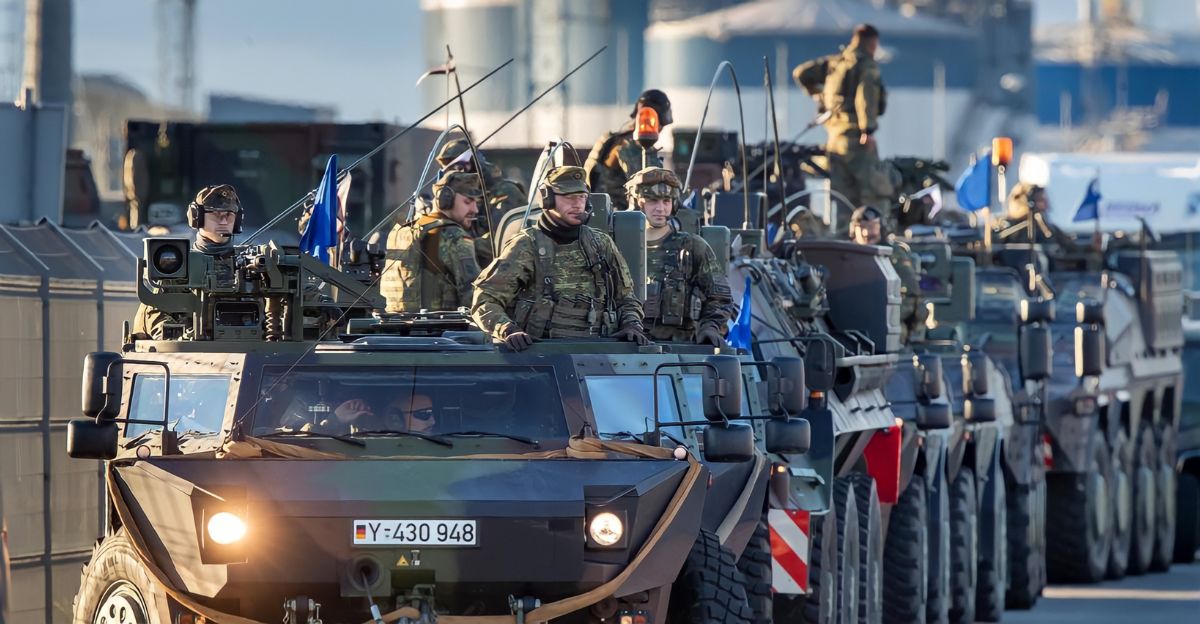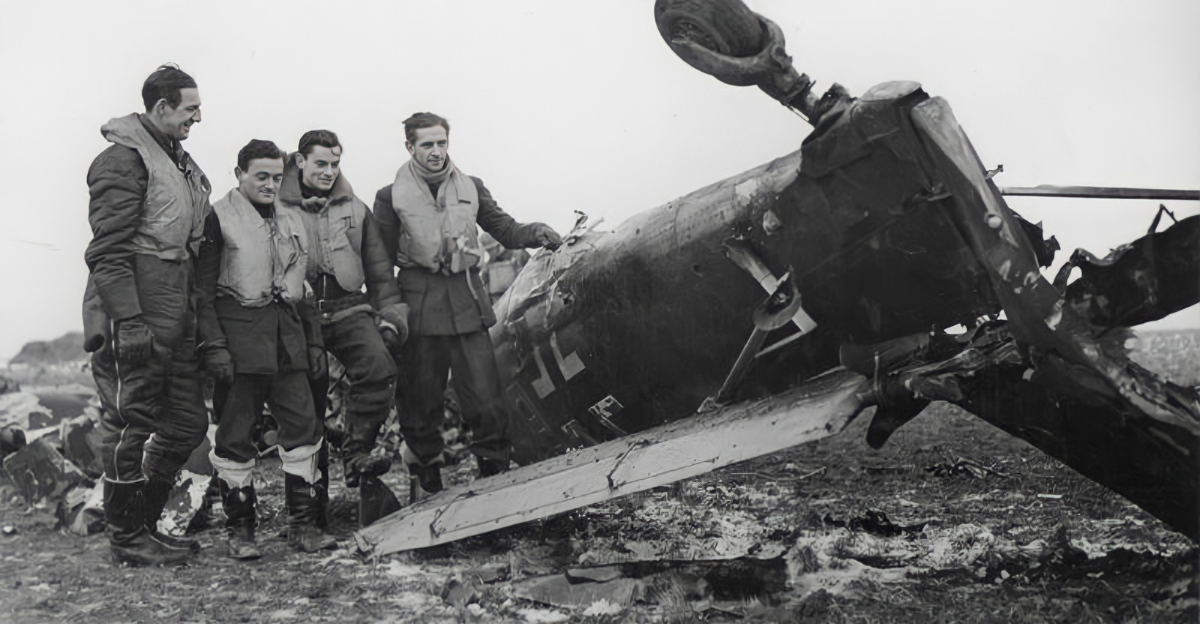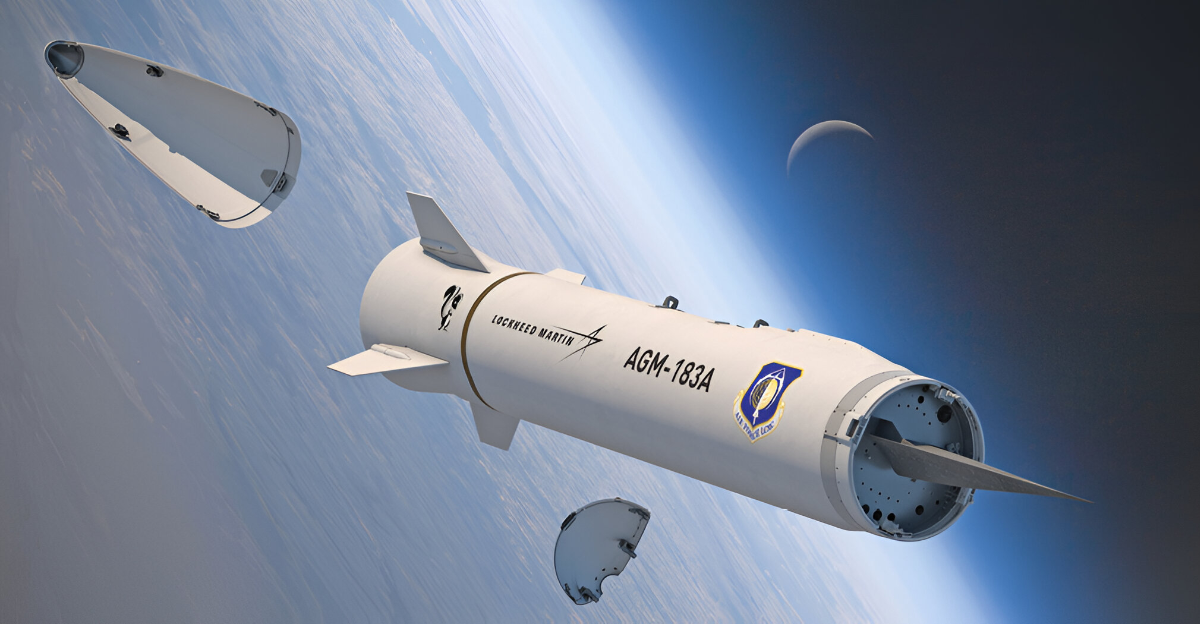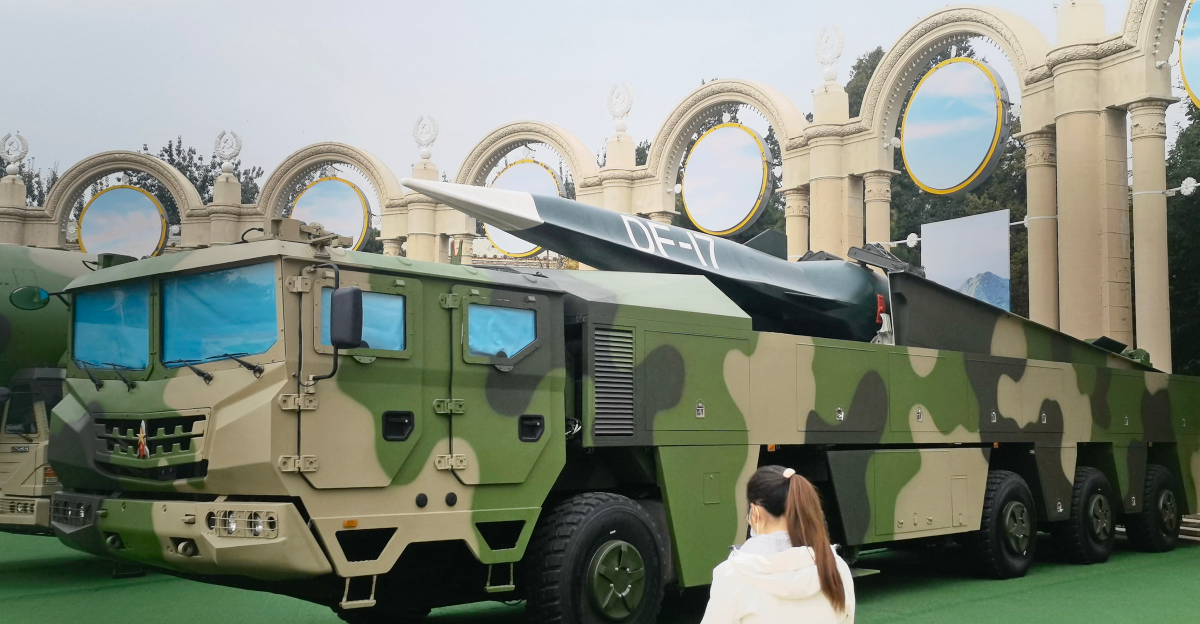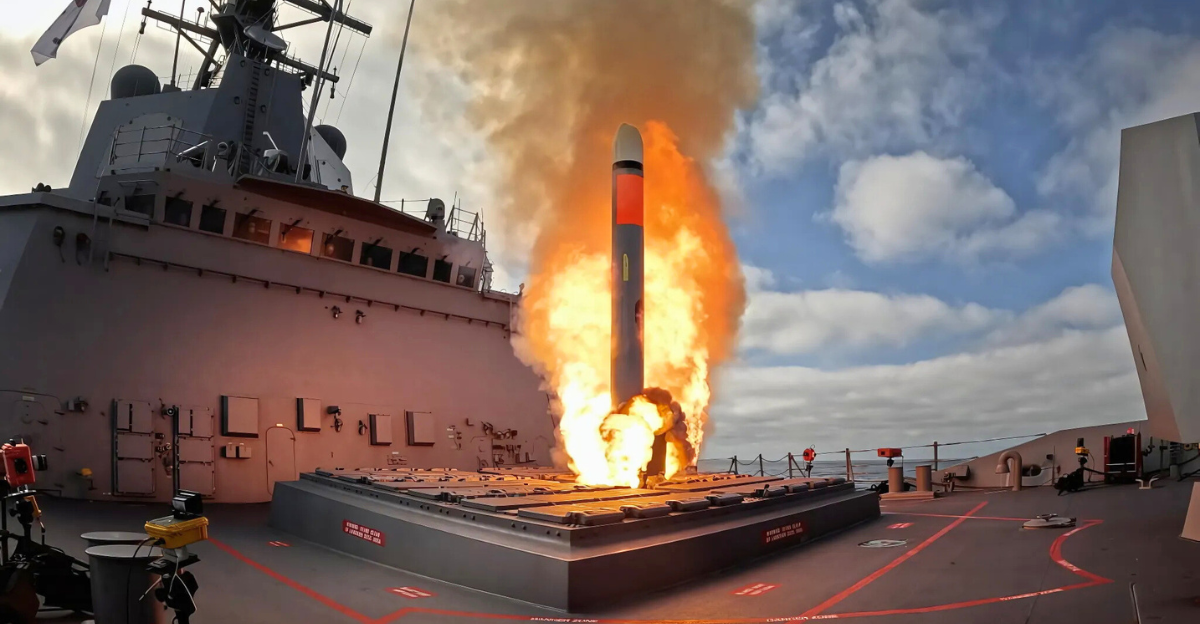
Tensions in the Middle East have been dramatically increasing after Israel launched Operation Rising Lion against Iran with the goal of dismantling key nuclear sites. However, this was met by a retaliatory strike by Iran, Tehran, sending back its own ballistic missiles aimed at Israel.
The United States has already praised the Israeli operation as a preemptive act of defense and has moved important military assets closer to the region in the interest of keeping the region stable.
Iran’s Retaliation

After key military leaders and nuclear sites were targeted by Israel’s missile strikes, Iran sent ballistic missiles that can travel long distances at very high speeds.
These missiles pose a significant danger to both military installations and civilian populations. The coordination of Iran’s strike was both a warning message and a show of the nation’s capabilities.
The U.S. Steps In
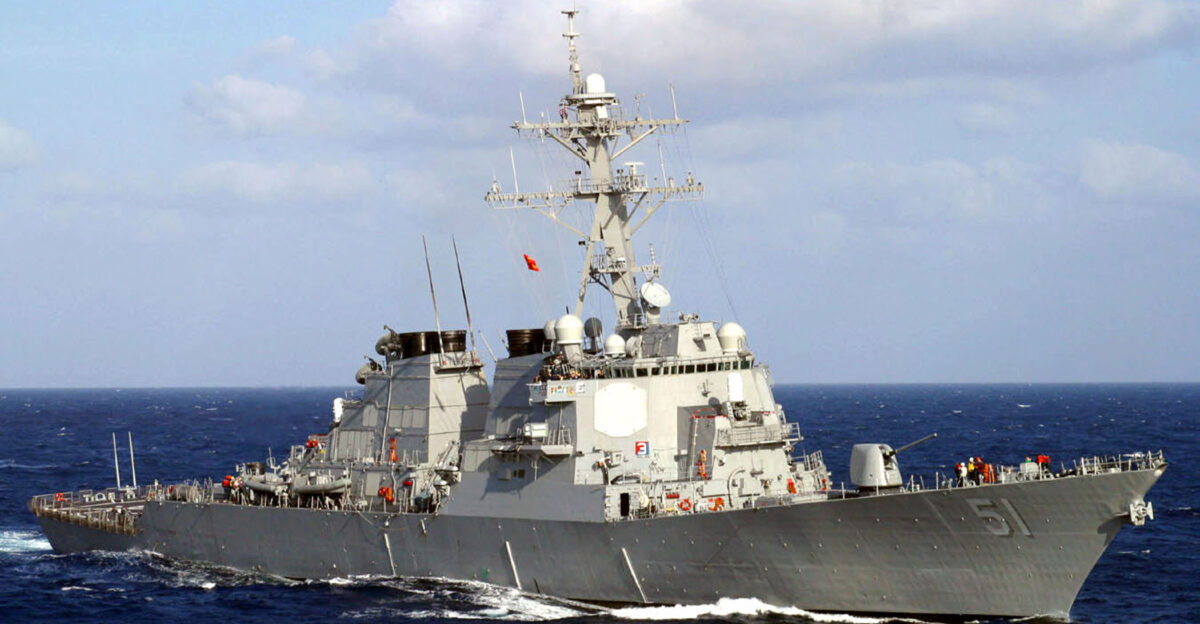
To bolster its presence and defend its allies, the United States ordered five Arleigh Burke-class destroyers to head to the Eastern Mediterranean.
These military destroyers, the USS Thomas Hudner, USS Arleigh Burke, USS The Sullivans, USS Oscar Austin, and USS Paul Ignatius, are all state-of-the-art and boast advanced missile defense systems that can create a defensive line and protect nearby assets.
The Aegis Combat System

The U.S. utilizes the Aegis Combat System onboard these destroyers, which are crucial in intercepting and dealing with missile and other attacks.
The system leverages powerful radar to recognize threats, accurately track their locations, and use interceptor missiles to engage them all in real-time. The mobility of the destroyers means that they can move to where they are needed and dispatch targeted strikes.
SM-3 Missiles

The SM-3 interceptors are the destroyers’ bread and butter, which were used to defend Israel from Iranian missiles. The missiles destroy any incoming threats through kinetic impact.
However, their robust design and efficiency come at a very high cost, with each SM-3 costing between $10 million and $30 million, and the U.S. has a limited supply.
The Engagement

Since the last half of June, the U.S. Navy has taken down several ballistic missiles sent by Iran by launching its SM-3 interceptors using MK 41 Vertical Launching Systems on its destroyers in the region.
This defense of Israel is the third time that the U.S. has stepped in to provide support in the last year and a half.
Reports Of The Defense

The BBC reported, “American destroyers successfully shot down several Iranian missiles aimed at Israel, marking the latest in a series of high-stakes missile defense operations.”
Currently, there are no reports of exactly how many intercepts have been made in the last month, but the number could grow depending on how long the U.S. destroyers stay in the region and how many more strikes Iran makes.
Coordination Between The U.S. And Its Allies
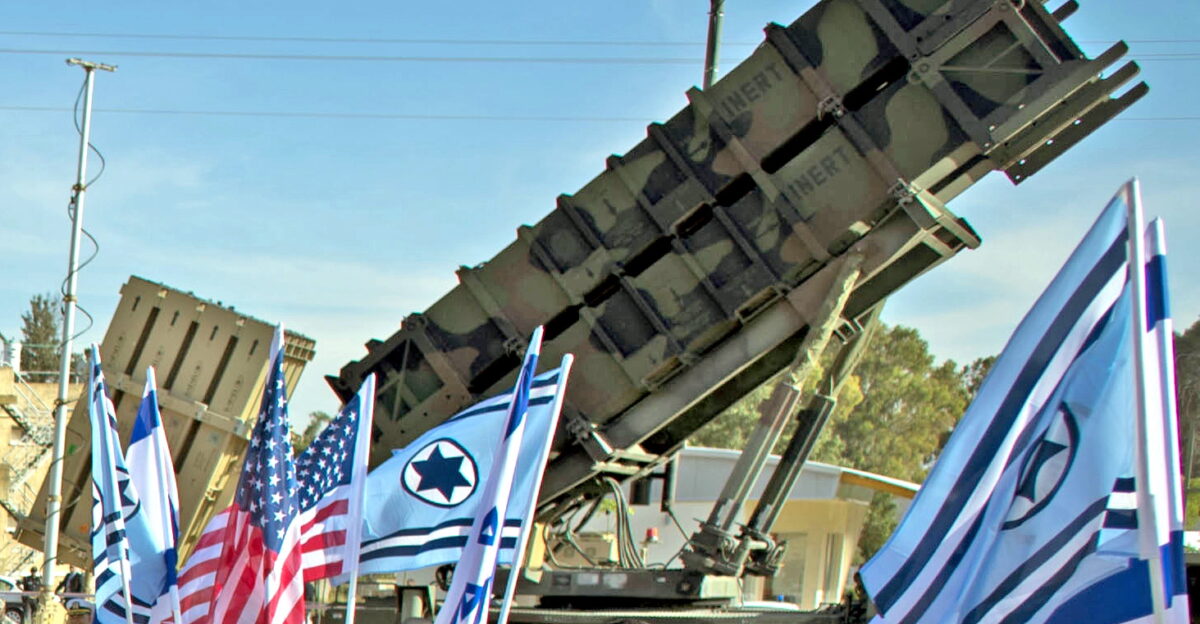
The United States is working closely with Israel and its own missile defense systems to ensure that as many Iranian missile barrages are intercepted.
These systems include THAAD and Patriot batteries. This combined effort of the United States launching sea-based defenses and Israel using land-based ones has proved an important strategy in protecting Israel.
Cost Implications

While the U.S. is showing its hand and coming to aid Israel, proving its commitment to alliances, it does have cost implications for its SM-3 stockpile.
Business Insider reports, “Analysts have argued that the Navy is depleting its SM-3 stockpile in the Middle East without sufficient plans to replace it, which could be an issue in a Pacific conflict.”
Response
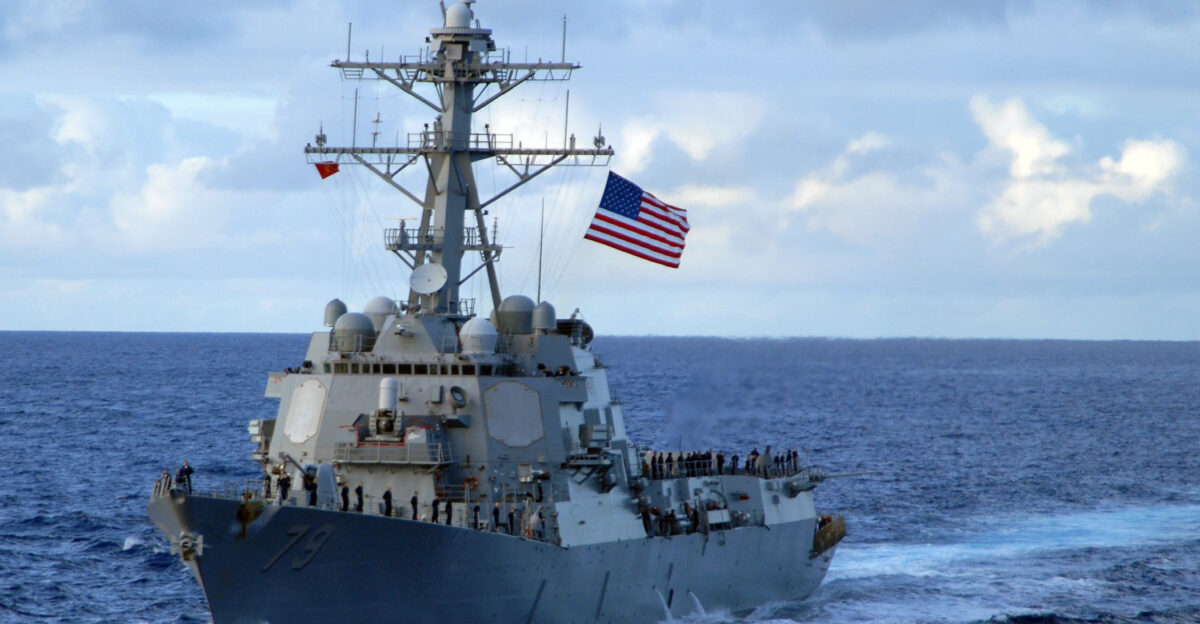
The efforts of the U.S. Navy have been met by high praise from military leaders such as Air Force Gen. Dan Caine and Adm. James Kilby. The five destroyers in the region have proved an important deterrent to continued Iranian missile strikes, which will aid in protecting Israel’s military assets and civilian population, as well as preventing a bigger regional conflict.
However, if the U.S. is to keep a strategic edge, stockpiles must be a priority as tensions continue to rise in other regions like the Pacific. The U.S. must be diligent and face these logistical problems in order to sustain long-term superiority.


